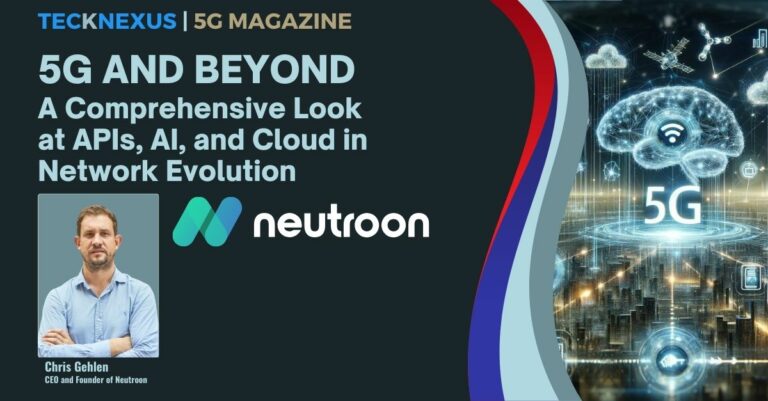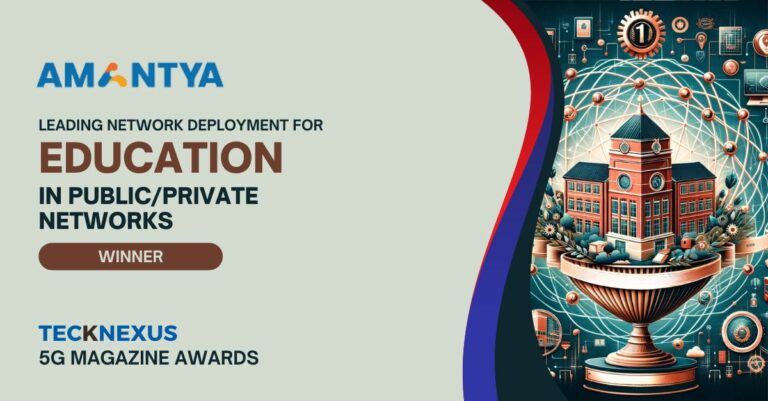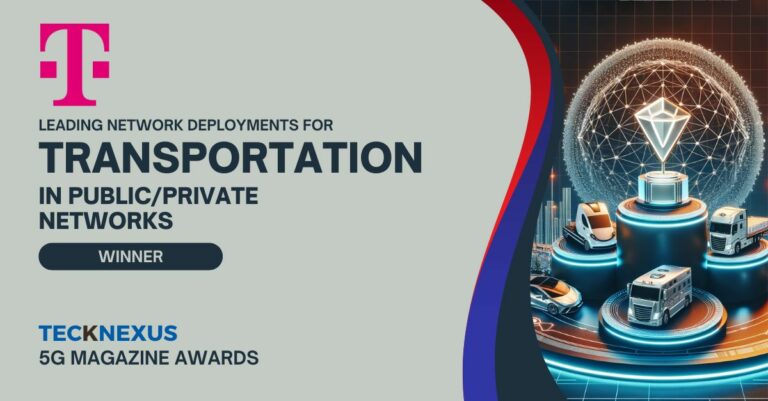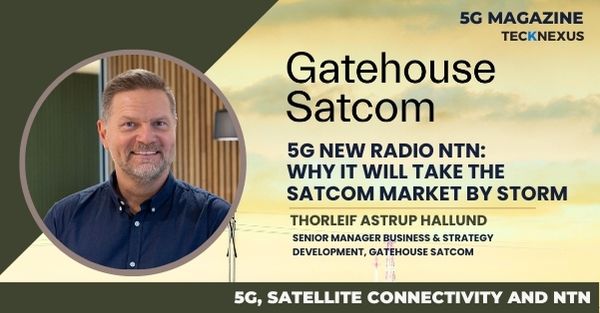Generative AI
Generative AI is a branch of artificial intelligence that uses machine learning models to produce content. It is called “generative” because it can create new content, such as images, music, speech, or text that is similar to the content it has been trained on. ChatGPT, a creation of OpenAI, is a type of generative AI. More specifically, is a powerful language model that can generate human-like text based on the input it receives. It’s been effectively utilized in various applications, ranging from dynamic chatbots to intelligent content-generation tools.
Edge Computing
Edge Computing is a concept that brings computation and data storage closer to the location where it’s needed. This improves response times, reduces latency, and conserves bandwidth—valuable assets for real-time applications. Edge computing breaks free from the traditional data processing model of sending raw data over long distances to a centralized location. Instead, it emphasizes on processing data near the edge of the network where the data is generated. In doing so, it speeds up the response time, enables real-time data analysis, and reduces the load on the network.
Operations and Business Support Systems (OSS/BSS)
Operations Support Systems (OSS) and Business Support Systems (BSS) platforms are at the heart of telecom companies’ digital transformation. Network management, service delivery, customer care, billing, revenue management – you name it, and these platforms have it covered. The backbone of telecom operations, these platforms ensure customers enjoy uninterrupted services. Now, picture a future where these platforms are integrated with a large language model like ChatGPT. Operators can interact with the platform through a conversational interface, speeding up operations, trimming costs, and ramping up service delivery quality.
When we bring AI models like ChatGPT right to the edge of the network, or mesh them into the OSS/BSS system, they can chat with data and users almost instantly. It’s like a two-way street where the speediness of edge computing gives a practical boost to AI, and the braininess of AI makes the most out of the data crunched at the edge. This powerful combination could drive significant operational transformations, and fuel a new generation of intelligent, responsive services. However, there’s a significant hurdle to overcome: the sheer size of AI models. With their high resource demands, these models present a challenge for deployment on edge devices, which often have limited resources.
Optimizing AI Models for Edge Computing
The answer to this problem lies in techniques such as model pruning, quantization, and transfer learning. Model pruning is about cutting out unnecessary information from the model, shrinking it down to size and speeding it up, all without hampering its accuracy much. Quantization curtails the numerical precision of the model’s parameters, making the model more compact and less resource-hungry. Lastly, transfer learning lets a large-scale task-trained model fine-tune for a specific task, saving on resources required for training.
Transformation Use Cases for Telecom Providers
With the integration of AI, Edge & OSS/BSS platforms, the future of telco operations looks promising. Consider a telco network operations and engineering team that deployed AI-boosted network probes and now can play a proactive role in network management, detecting potential snags before they impact service quality. The result? A more reliable network and happy customers. And customer service and/or care teams can develop bots powered by ChatGPT that can offer personalized customer support or respond to queries and fixing issues in real time. It’s a win-win situation, improving customer experience and easing the load on customer service teams. Business intelligence is another area ripe for disruption. AI can churn out invaluable insights on network performance, customer behavior, and market trends, driving data-driven decisions for improved business outcomes. As for marketing and sales, AI has the power to supercharge campaigns and sales strategies. Analysis of customer data can uncover potential sales opportunities, fine-tune customer segmentation, and craft marketing messages that hit the right notes with each customer.
Use Case Deep Dive
Now Let’s Imagine a global telecom provider integrating Generative AI into its OSS/BSS platform and deploying AI-powered network probes across its extensive infrastructure. The outcome? A phenomenal transformation in network operations and customer service delivery.
A New Dawn in Network Operations | Use Case: 1
Gone are the days when network operations meant reactive and manual troubleshooting and scheduled maintenance routines. Now, AI-empowered network probes have brought about a paradigm shift in network management. These probes are the telecom company’s eyes and ears, continually examining network performance. The AI’s predictive capabilities identify anomalies, potential issues based on data usage and network traffic patterns. So, if the system sees an upcoming network congestion during peak hours, it takes charge, rerouting traffic or adjusting network resources to avoid any service disruption. And why stop there. This predictive maintenance model extends to hardware too. By analyzing past data on equipment performance, the AI can foresee when a device is likely to fail, prompting preventive maintenance. The result? A drastic drop in network downtime and a huge leap in service quality while also driving business operation optimization by reducing the operational complexity currently required when addressing these issues.
Customer Service Like Never Before | Use Case: 2
On the customer service front, it’s a whole new world with ChatGPT-enabled devices. The telecom can now offer its customers immediate, tailored customer support, all without needing a massive call center team. Imagine a customer struggling with their home Wi-Fi. Instead of a frustrating wait on a customer support call, they directly chat with the ChatGPT-enabled device, which walks them through basic troubleshooting steps. Be it resetting the router or tweaking the Wi-Fi channel, the AI steps in to help based on the problem’s symptoms described by the customer. In case the issue is more complex, rooted in a broader network problem, the device, drawing from the AI-enabled network probes, keeps the customer updated about the problem, the ongoing resolution efforts, and the estimated time for restoration of normal services. By taking routine customer queries and issues off the hands of human customer service representatives, the company not only enhances customer experience but also redirects human resources to tackle more complex issues. This results in greater efficiency and substantial cost savings.
These detailed use cases shed light on the power of integrating Generative AI, Edge and OSS/BSS platforms to truly revolutionize telecom operations. It’s a sneak peek into the future of the telecom industry.
Conclusion
In conclusion, telecom companies, it’s time to ride this wave of innovation. By embracing AI models like ChatGPT and edge computing, you can usher in a new era of efficiency, top-notch service, and business growth. It’s not just a distant dream – it’s a reality we should strive for today. We’re on the brink of an exciting shift that could totally transform how the telecom industry operates. Can’t wait to see what’s next!




























































